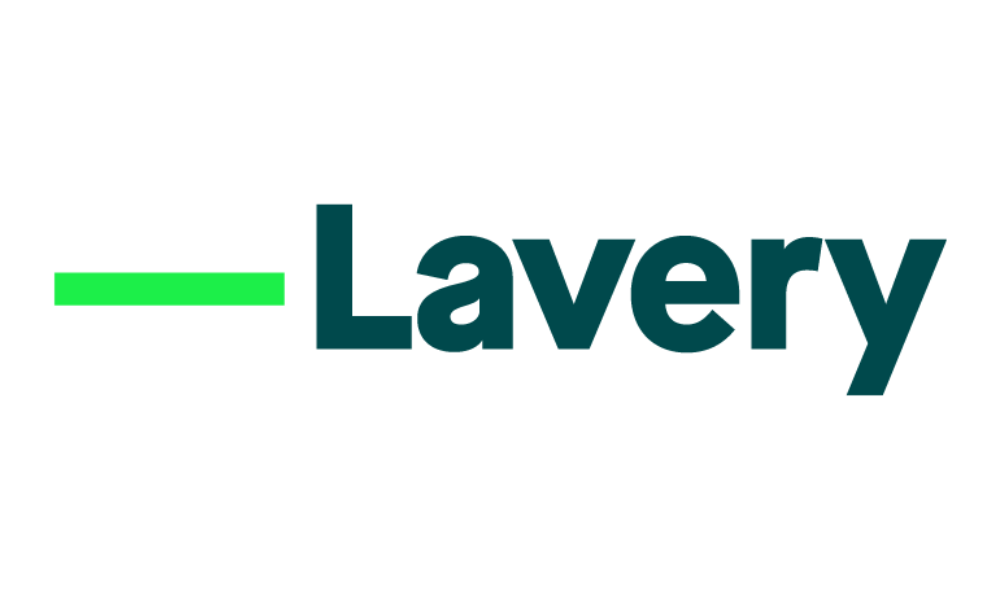Over the past half decade it seems like just about everyone on my morning and end-of-day commute on public transit is looking at a mobile screen for the 20-minute ride. This observation was reinforced last month when I saw the statistics compiled by Mary Meeker for a presentation at the Code Conference.
Meeker is a partner at the esteemed Silicon Valley venture capital firm Kleiner Perkins Caufield Byers. Meeker’s “state of the tech world” presentation, titled “Internet Trends 2015,” compares the statistics for today’s Internet usage to that of 20 years ago — and what a difference two decades make! In short, her statistics prove the ascendancy of mobile.> The Internet Phenomenon
The growth in the number of people using the Internet over the past 20 years is nothing short of miraculous. In 1995, there were 35 million users of the Internet worldwide, and 61 per cent of them were American. Twenty-two per cent were European; 12 per cent were Asian, excluding China; and China itself was virtually zero.
Twenty years later, the globe has 2.8 billion Internet users; effectively, 39 per cent of the world’s population, up from 0.6 per cent of the world in 1995. And American users comprise only 10 per cent of today’s users, while the Chinese make up 23 per cent; Asia (exclusive of China) 28 per cent; Europe is 19 per cent; and the rest of the world 21 per cent. In a word, the growth has been astounding, and extremely global.
> Our Mobile Phone Reality
To appreciate just how far we have come in two decades, consider that in 1995 the world had about 80 million mobile phone users, or about 1 per cent of the global population. In 2014, that number stands at 5.2 billion, or about 73 per cent of the earth’s entire population.
Now, granted, of all the mobile customers in 2015, only 40 per cent are smartphone users, but in 2015 even basic “feature phones” are a lot more powerful than previously. And on current trends, it won’t be long before just about everyone on the face of the planet has a smartphone.
> Content Galore
Meeker is very interested in the content driving the mobile revolution. The plumbing is impressive, but what’s really important is what people are flushing down the pipes. Here, the pace is truly breakneck.
Since 1995, we have seen the incipience of: Yahoo; Google; broadband; DVR; HDTV; HD DVD; satellite radio; time-shift viewing; VOD; Apple TV; Facebook; Twitter; smartphones; YouTube; Netflix streaming; Hulu+; tablets; Instagram; streaming radio; Amazon Prime instant video; and Chromecast. What all these platforms demonstrate is a complexity in the evolution of content delivery.
As for those of you interested in the business implications of all this, consider that in December 1995, the combined market capitalization of the top 15 Internet companies was just under $17 billion (the top company was Netscape at $5.4 billion). In May 2015, the combined figure for the top 15 Internet companies was – are you sitting down – over $2.4 trillion.
> And More to Come
What’s fascinating is that the trends noted above still have quite a ways to run before they come to their logical conclusions. Consider the interplay of “screen time” vs. “monetization of advertising revenue.” With respect to the former, in 2006 (less than 10 years ago) the average American spent 2.2 hours a day before a desktop/laptop, including both at work and at home. Today, that figure has remained fairly constant (2.4 hours in front of a desktop/laptop). But what has been added is 2.8 hours a day of mobile phone screen time — for a whopping grand total of 5.6 hours a day in front of a digital screen!
So, where’s the disconnect in the advertising world? Well, if you consider that TV and radio constitute 37 and 11 per cent, respectively, of total media consumption time, and that the percentage of ad spend on those two channels is 41 and 11 per cent, respectively, of total ad spend, the spend roughly matches.
The mismatch is that print now captures only 4 per cent of media consumption, but still gets 18 per cent of ad spending, while mobile gets 24 per cent of media consumption time, but only captures 8 per cent of ad spend. The upshot, as Mary Meeker predicts, is that over the next few years about $25 billion in ad spending is likely to move from print to mobile.
> There’s an App for That
While most people are generally aware of the huge impact of the social media platforms, such as Facebook and Twitter, Meeker likes to also highlight a range of mobile apps that foster good old productivity. She sets up the new with a nice contrast to the past (and present).
Here are a few compelling examples that pair recognizable tools with revolutionary apps: email vs. Slack; offline payments vs. Square; online payments vs. Stripe; data overload vs. Domo; paper-based signatures vs. DocuSign; paper files and insurance brokers vs. Zenefits; Microsoft Excel vs. Anaplan; background screening vs. Checkr; sign-in sheets vs. Envoy. If you’re not already familiar with these productivity apps, you should check them out.
Meeker notes that a related phenomenon is occurring with the new messaging apps, such as Kakao, WeChat, Line, WhatsApp and Snapchat. These tools don’t just facilitate messaging — they also create a platform for payments, games, commerce, taxi services and numerous other features. They all assist a modern person intent on living their life to the fullest.
Meeker’s analysis of the importance of mobile is firmly grounded in core business drivers. Meeker understands that the three highest (by far) areas for consumer spending are housing, transportation and food. No surprise, then, that apps like Airbnb (lodging), Uber (transportation) and Instacart (groceries) are becoming so central.
Here’s an interesting fact. Meeker says that in New York City, 72 per cent of the hosts who use Airbnb depend on Airbnb earnings to pay their own rent or mortgage. So, Airbnb isn’t just a bit of extra spending money on the side — it’s fast becoming a critical part of the housing ecosystem.
At the same time, Meeker also understands that there is a downside to the Internet and mobile, in the form of hacker attacks and various forms of cybercrime. On this issue, however, Meeker points out, astutely, that some 20 per cent of data breaches originate from insiders who harbour malicious intent. The solutions, therefore, need to be nuanced and sophisticated.
> User-generated Content
Meeker is also keeping a close eye on user-generated content. Consider SoundCloud, which has grown to 100 million tracks, tracking a 33-per-cent annual growth rate. This is a fascinating development, especially when you consider that the majority of the content for SoundCloud comes from unknown creators who are not a part of rights-holder groups.
Meeker makes mention of Toronto-based Wattpad, the leading user-driven fiction site on the Internet, which has grown 140 per cent annually in recent years, to 125 million cumulative stories. Wattpad attracts an enormous 40 million unique visitors a month, with an average engagement session of 30 minutes per user per session. In terms of content generation, every 60 seconds more than 24 hours worth of reading material is posted onto Wattpad; and 90 per cent of its content is accessed over mobile devices.
Under the category of “old wine in new bottles,” Meeker also highlights the impact of Twitter and Dataminr on news generation and dissemination. Routinely, Dataminr breaks big news stories 20 minutes sooner than a “legacy” major news service.
And when it comes to new wine in altogether revolutionary bottles, Meeker notes the importance of reputation management for the mobile Internet. She mentions, for example, that a site like Airbnb depends on user-generated reviews or other bits of feedback — and the company got 14 million of them last year. Such feedback, of course, is indispensable for the Airbnb business model.
> The Sharing Economy
Speaking of Airbnb, and Uber and Lyft, not to mention a host of other apps that facilitate what is generically called “the sharing economy” (though Meeker labels it the “on-demand” economy), Meeker understands that the combination of the Internet with mobile produces an incredibly important “freelancer” segment of the work force. This group, Meeker argues, now constitutes 34 per cent of the American workforce.
As a snapshot into this new category of worker, there are in the US today 21 million “independent contractors”; 14 million moonlighters (people with “regular” jobs who also work freelance); 9 million diversified workers (mix of traditional and freelance work); six million temp workers; and three million business owners who consider themselves freelancers: taken together, this Internet-enabled group comprises a whopping total of one-third of the US workforce.
Meeker is astute enough to understand that these sharing economy people present some real challenges for governments. For example, if employer benefits are lower for such staff, does government have to pick up the difference, particularly in the so-called “precarious sector”? And what about the robustness of online consumer protection, when so much of our world revolves around businesses connecting with consumers online?
Meeker doesn’t suggest answers to these questions. That job will be up to a savvy legal profession.
George Takach is a senior partner at McCarthy Tétrault LLP and the author of Computer Law.
Recent Articles





